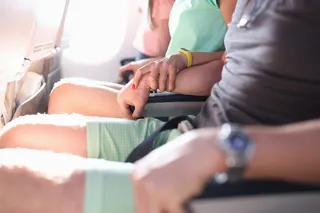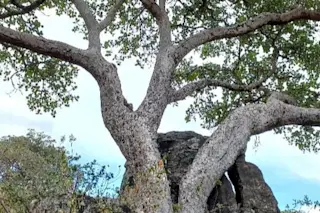For billions of years, plants and their ancestors, the cyanobacteria, have been powerful agents of change on Earth. They pumped out oxygen and squirreled away carbon dioxide, transforming the chemistry of the biosphere. They colonized land and allowed animal life to follow, changing the course of evolution.
Now molecular biologist Wolfgang Busch wants to recast plants into agents of stability, offsetting the tremendous amount of climate-warming carbon dioxide that humans are pouring into the environment. As part of the Harnessing Plants Initiative at the Salk Institute in La Jolla, California, Busch is working on a bold scheme to modify major crop plants so that they grow deeper, bigger root systems, leaving those carbon-rich roots embedded in the soil after harvest time. While we humans get to work cutting back on our carbon emissions, the plants will be busily lending a hand.
A fundamental challenge with this idea is that the ...














